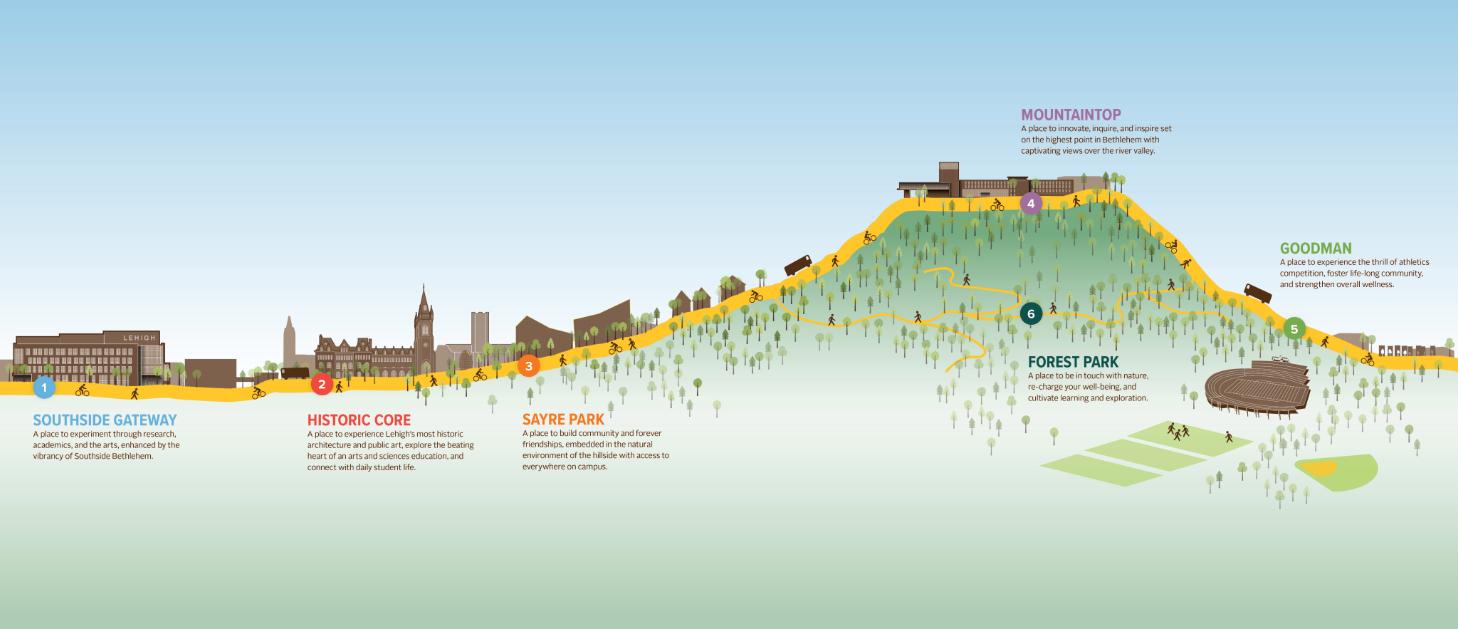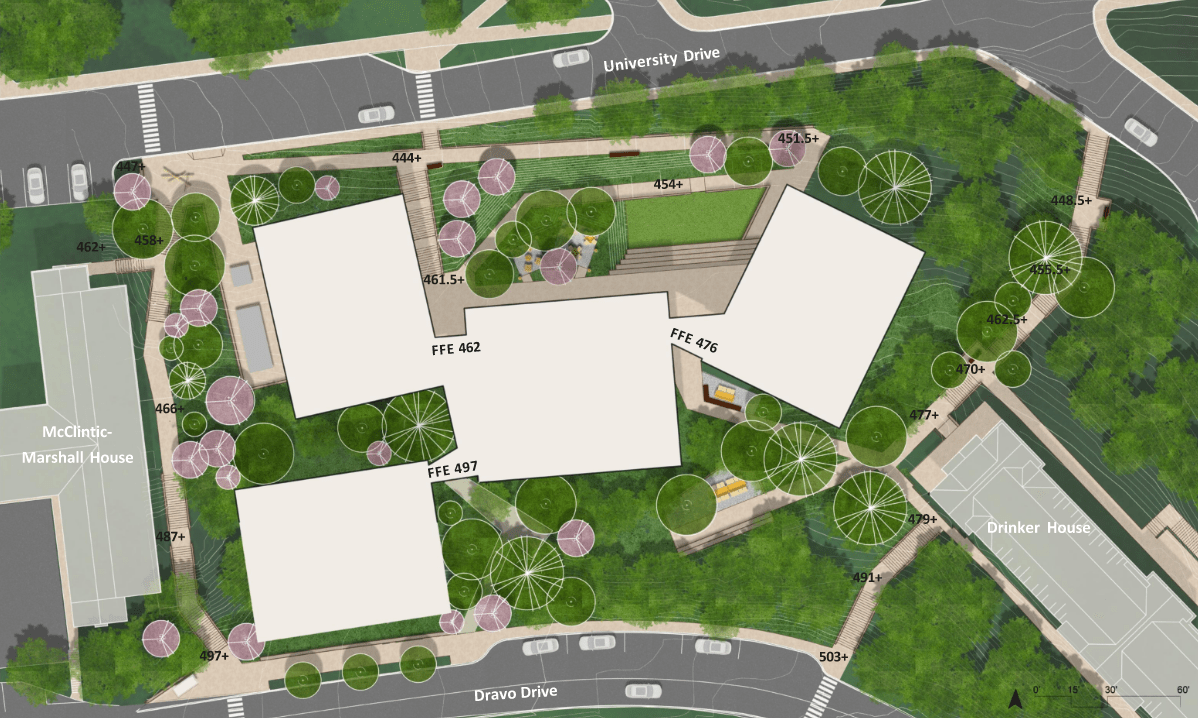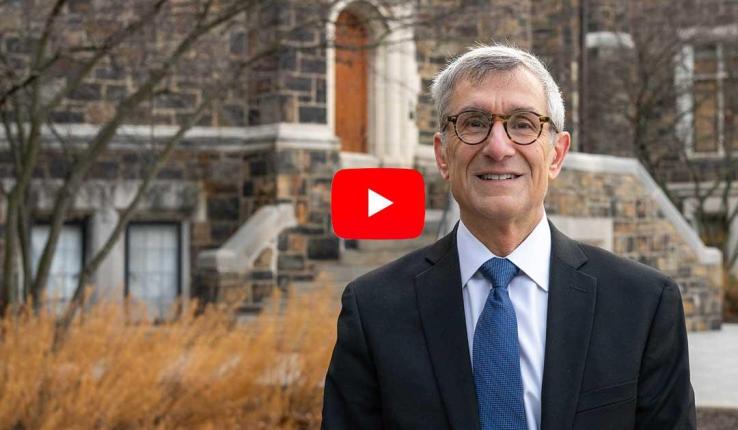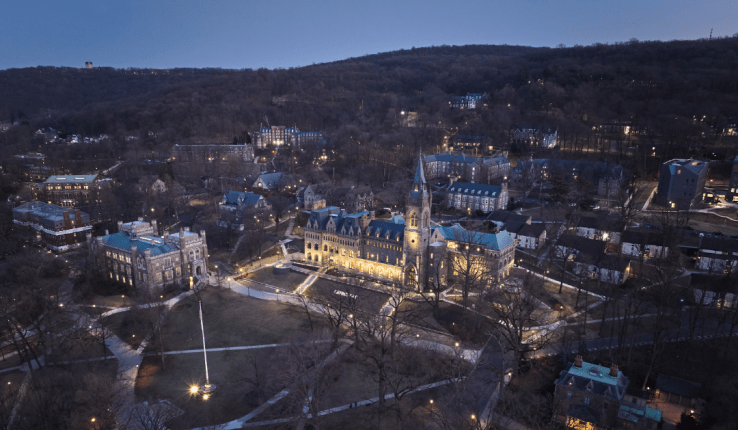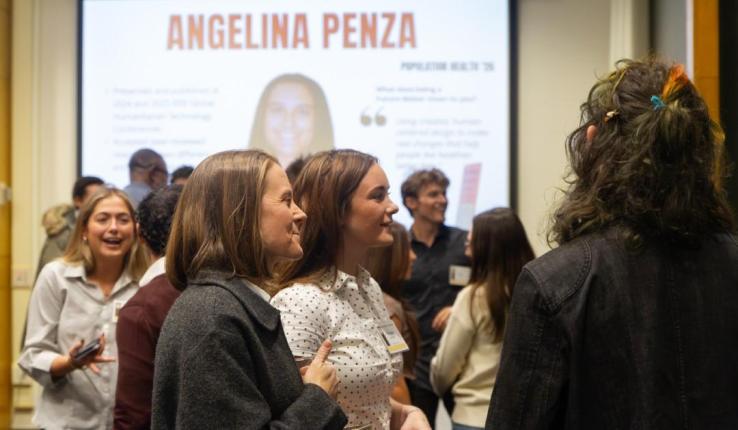Lehigh University has unveiled a bold new vision for the future of its iconic campus. Making the Future: A Plan for the Lehigh Campus outlines a comprehensive 30-year framework to transform the university’s physical spaces in ways that will amplify student success, fuel groundbreaking research, and strengthen Lehigh’s ties to the broader Bethlehem and Lehigh Valley community.
The plan, which builds directly on the university’s Inspiring the Future Makers strategy, was developed with Beyer Blinder Belle Architects & Planners through more than 18 months of engagement with students, faculty, staff and trustees. It will capitalize on the university’s unique geographic and architectural assets to foster greater collaboration, innovation and connectivity across all disciplines and activities.
“Throughout our 160-year history, each new generation of the Lehigh community has found inspiration and purpose on our campus,” said Lehigh President Joseph J. Helble ’82. “Our spaces are both beautiful and functional – designed to support the student experience, interdisciplinary academics, leading research, and much more.”
One Campus. Limitless Opportunities.
Lehigh Associate Vice President of Facilities and Campus Planning Nancy Rogo Trainer, FAIA, notes that Making the Future provides a holistic approach to the university’s built and natural environments. This approach emerged from feedback gathered through workshops, open houses, and surveys involving more than 1,400 members of the campus community.
“Our campus has grown and evolved a great deal since 1865, just as Lehigh has grown and evolved as an institution,” Trainer said. “Making the Future acknowledges the tremendous assets developed by the generations who came before and offers us a vision of the role we can play in ensuring the university’s vitality, beauty and relevance for those who come after.”
At its core, Making the Future envisions Lehigh as a “campus of opportunity” — a unified yet richly diverse 1,600-acre contiguous environment that encourages discovery and experimentation. It focuses on six distinct districts within the campus: the Historic Core, Sayre Park, Mountaintop, Goodman, Forest Park and the Southside Gateway. Each area has its own character–influenced by topography, architecture, landscape, use and relationship to its surroundings–and each offers its own sets of opportunities and experiences.
“Few, if any, universities of our size offer the wide diversity of experiences and resources available at Lehigh in one campus,” noted Helble. “This plan makes the most of these extraordinary resources by reinforcing our strengths while imaginatively envisioning a future in which our Forest Park is a natural resource for the entire community, Mountaintop is a thriving hub of innovation and we develop a fully connected and integrated campus.”
Seeding The Future
Making the Future provides university leadership with practical recommendations to support near-term priorities while preserving flexibility that will allow Lehigh to make the most of emerging opportunities over time. Included among the recommendations are investments in new student housing in Sayre Park, modernized research facilities, expanded green spaces and improved connectivity across the unified campus to deliver a consistently high-quality Lehigh experience.
Vice President for Finance and Administration Christine E. Cook says Making the Future serves as a tool to evaluate these and other options. “We now have a framework that will enable and inform leaders as Lehigh’s needs, priorities and financial resources evolve,” she noted. “Already, it has helped to shape decisions about several future capital projects, particularly in student housing and research infrastructure.”


